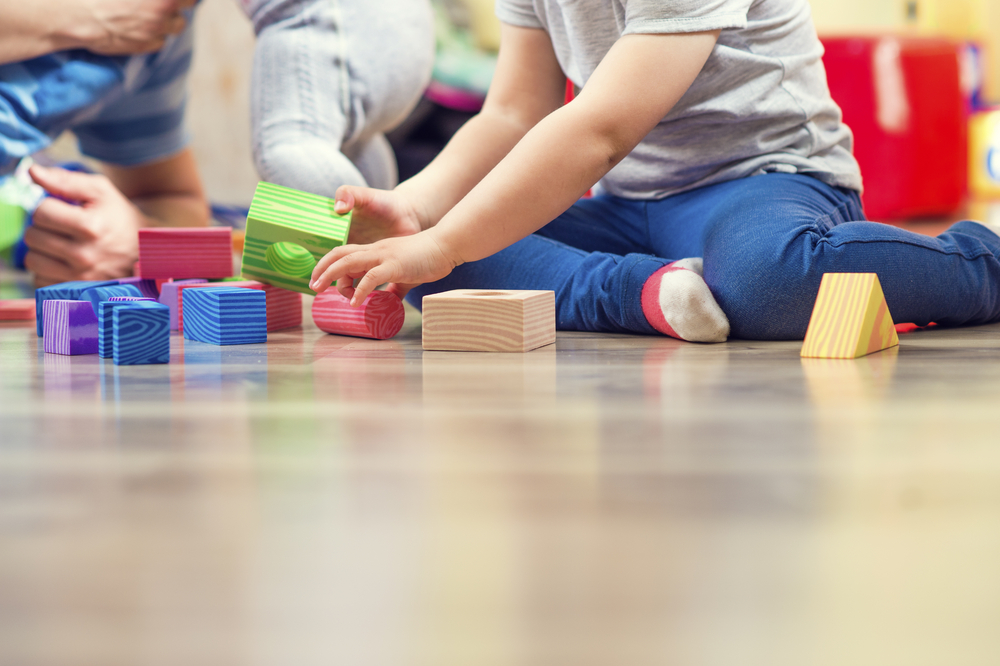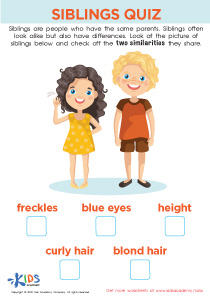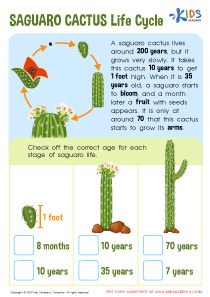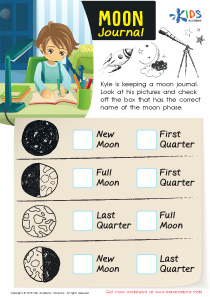Normal The 5 Senses Worksheets for Ages 8-9
5 filtered results
-
From - To
Introducing "Normal The 5 Senses Worksheets for Ages 8-9"! These engaging worksheets are designed to help young learners explore and understand the five senses: sight, hearing, taste, touch, and smell. Perfect for grade 3 students, these resources encourage curiosity and critical thinking through a variety of interactive activities. Kids will enjoy identifying sensory experiences, completing fun exercises, and enhancing their vocabulary related to the senses. The worksheets align with educational standards and aim to promote comprehension and retention in a playful manner. Download our 5 Senses worksheets today and make learning an exciting adventure! Perfect for home or classroom use.
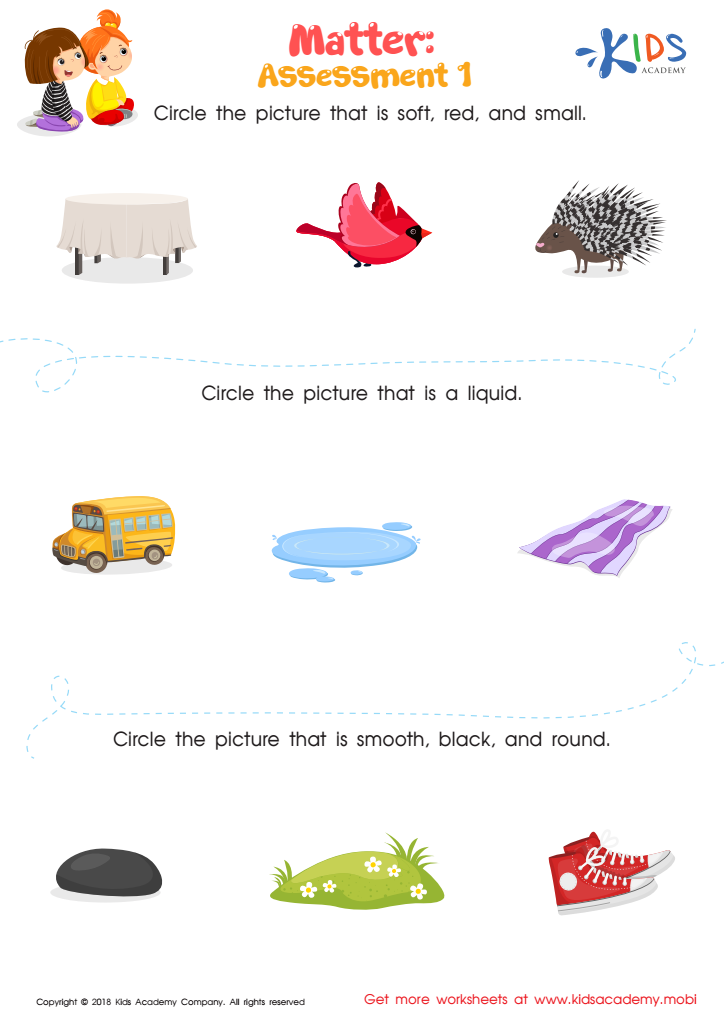

Matter: Assessment 1 Worksheet
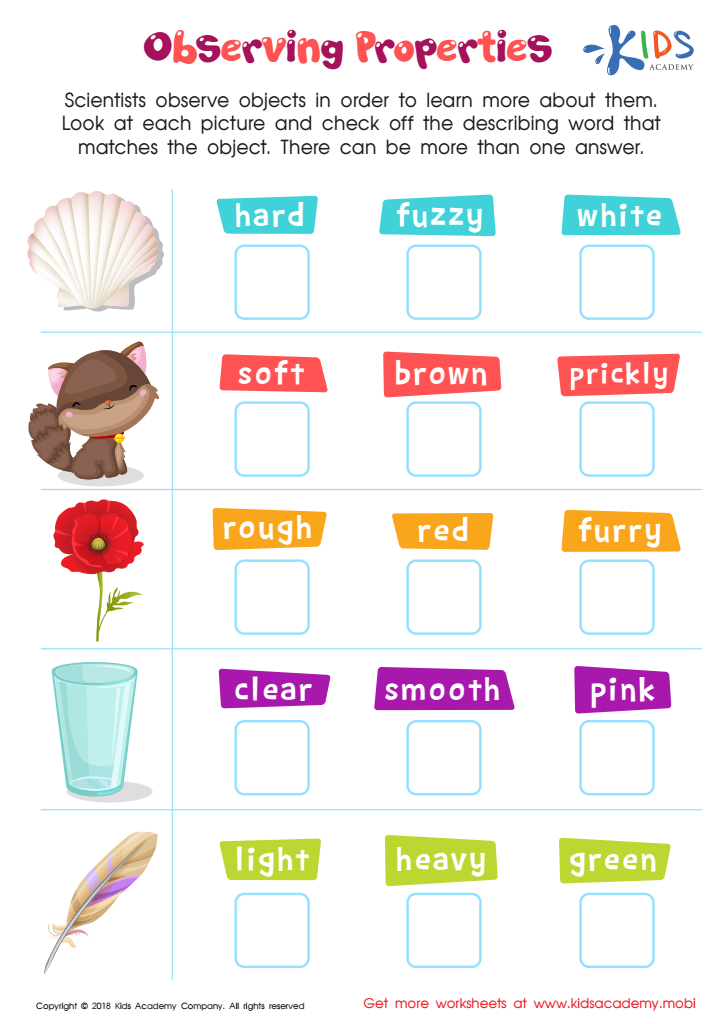

Observing Properties Worksheet
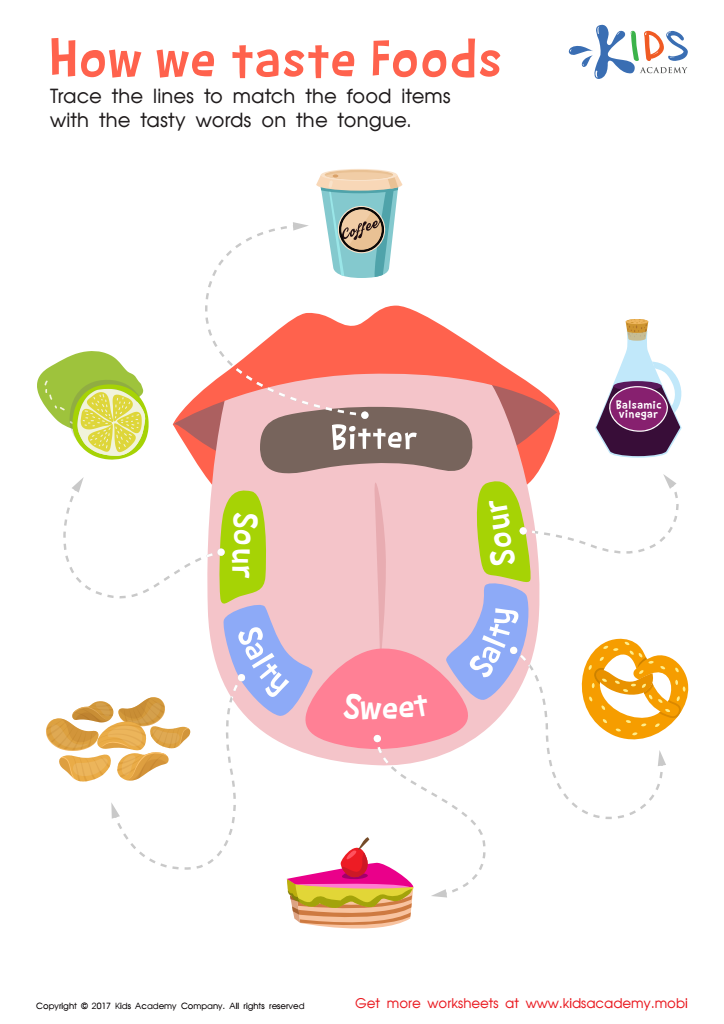

How We Taste Foods Worksheet
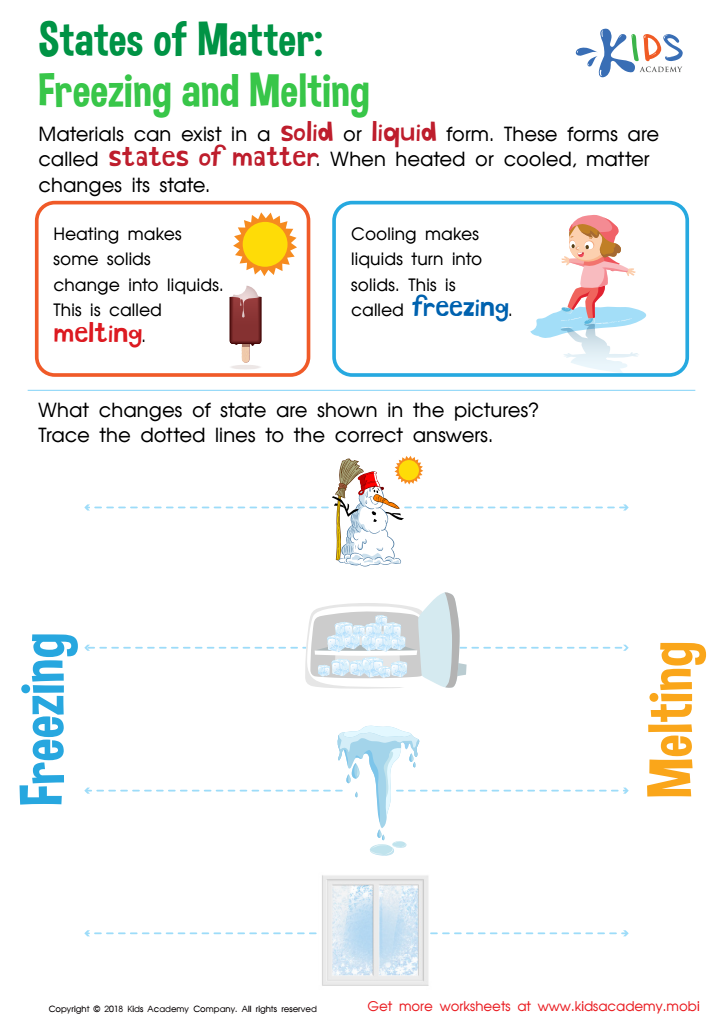

States of Matter: Freezing and Melting Worksheet
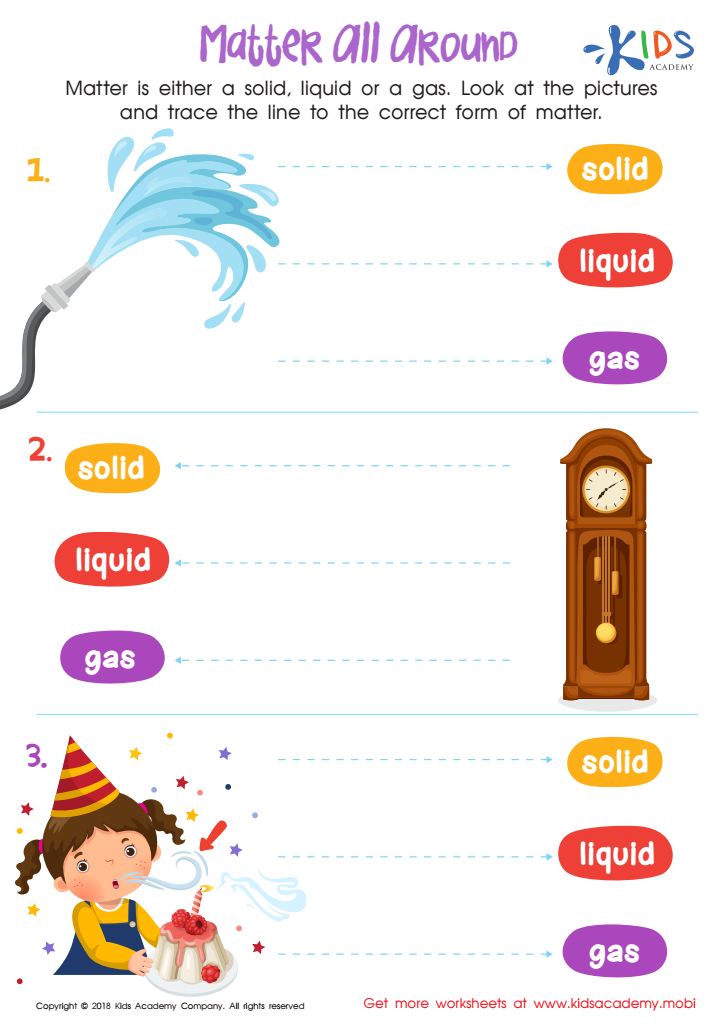

Matter all Around Worksheet
Parents and teachers should care about "Normal: The 5 Senses" for ages 8-9 because it serves as a vital educational resource that helps young children understand and explore the world around them through their senses. At this age, children are naturally curious, and integrating sensory experiences enhances their learning in various subjects, including science, arts, and language.
Engaging with the five senses—sight, sound, touch, taste, and smell—allows students to make meaningful connections to their environment. This foundational knowledge fosters critical thinking skills as children begin to analyze and describe their experiences. The program typically includes interactive and hands-on activities that cater to different learning styles and encourage exploration.
Moreover, sensory education is linked to emotional and social development. Understanding how different sensations influence feelings can enhance children's emotional intelligence and help them articulate their experiences. By prioritizing sensory learning, parents and teachers can support holistic development and nurture creativity, scientific inquiry, and empathy. The approach encourages children to become more observant and engaged citizens, ready to tackle future challenges while appreciating the rich tapestry of their surroundings. Ultimately, it builds a strong foundation for lifelong learning and well-rounded development.
 Assign to My Students
Assign to My Students


